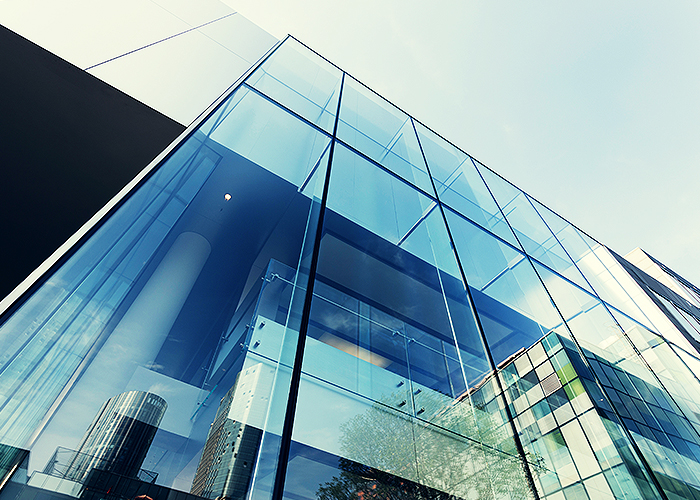
From enhancing school safety to advancing energy efficiency and circular design, glass and glazing play a vital role in the modern built environment. This curated collection of courses examines the technical, aesthetic, and environmental potential of glazing systems in commercial and educational settings.
Participants will explore high-performance coated glass, security glazing technologies, and strategies for daylighting and thermal comfort. The academy also highlights innovations in glass recycling and reuse, as well as best practices for integrating fenestration into high-performing building envelopes. Whether designing for occupant well-being, climate resilience, or architectural expression, these courses provide essential knowledge for maximizing the value of glass in today’s buildings.
Academy Courses

8 AIA LU/HSW
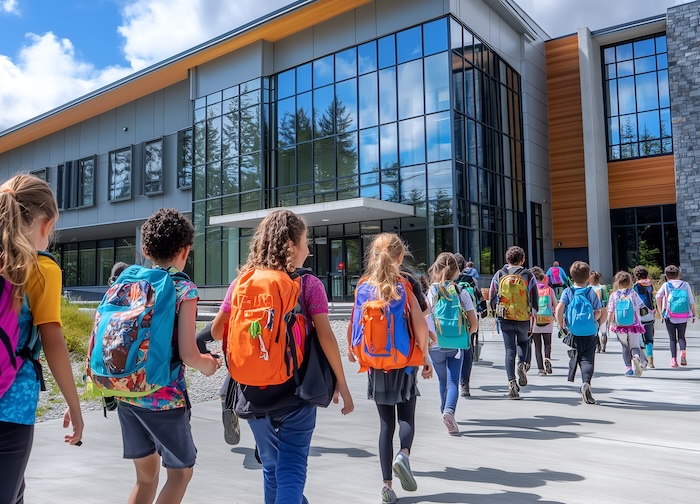
Safe by Design: Security Glazing and High-Performance Glass in Educational Facilities
Protecting Students Through Architectural Innovation and Advanced Glazing Solutions
Credits: AIA/HSW, ICC, IDCEC/HSW
Type: Webinar On-Demand
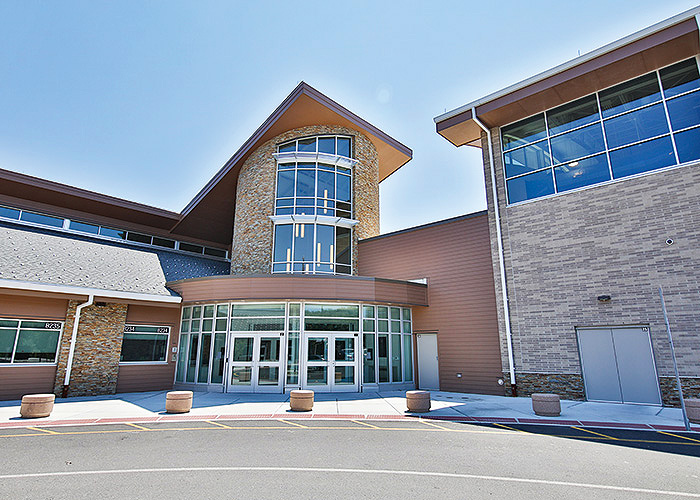
Security Glass and Glazing Systems
Effective deterrent solutions during active shooter events
Credits: AIA/HSW, GBCI, ICC, IDCEC/HSW, IIBEC
Type: Article
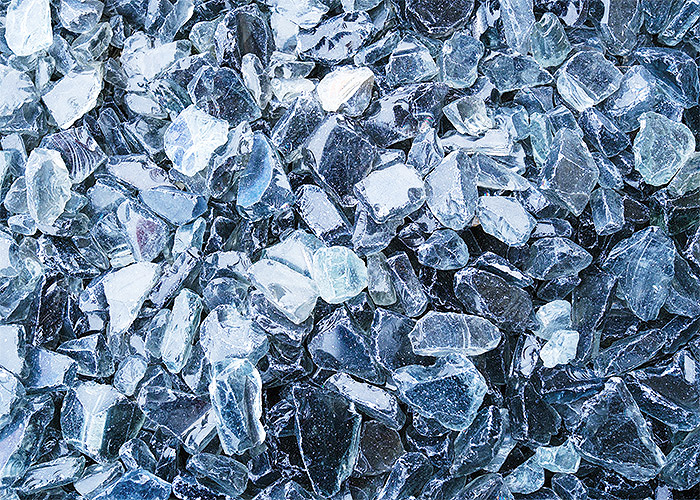
Creating Circularity Through Glass Recycling and Reuse
An exploration of architectural glass recycling opportunities, infrastructure, and experimental possibilities for glass reuse and circularity
Credits: AIA/HSW, GBCI, ICC, IDCEC/HSW
Type: Article
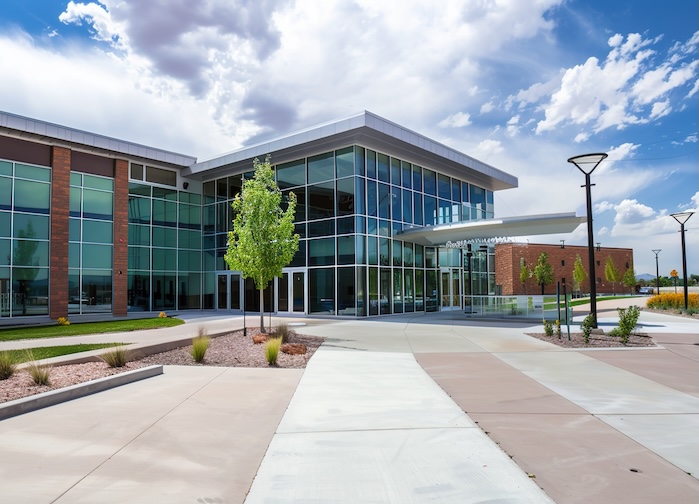
Security Glazing for Schools
The study of types and applications of security glazing
Credits: AIA/HSW, ICC, IDCEC/HSW
Type: Multimedia
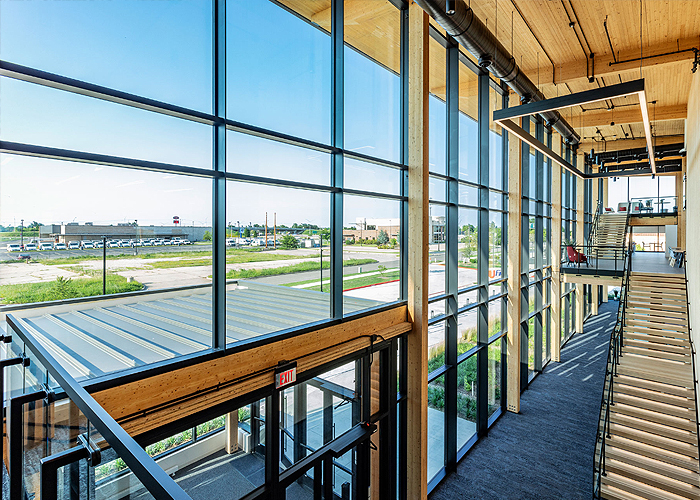
Next-Level Glass Performance and Sustainability
A closer look at high-performance glass and glazing products, carbon-reduction opportunities, code drivers, retrofits and recyclability, and more
Credits: AIA/HSW, ICC, IDCEC/HSW
Type: Article

The Value-Added Performance of Coated Glass
A study of the manufacturing process
Credits: AIA/HSW, IDCEC/HSW
Type: Multimedia
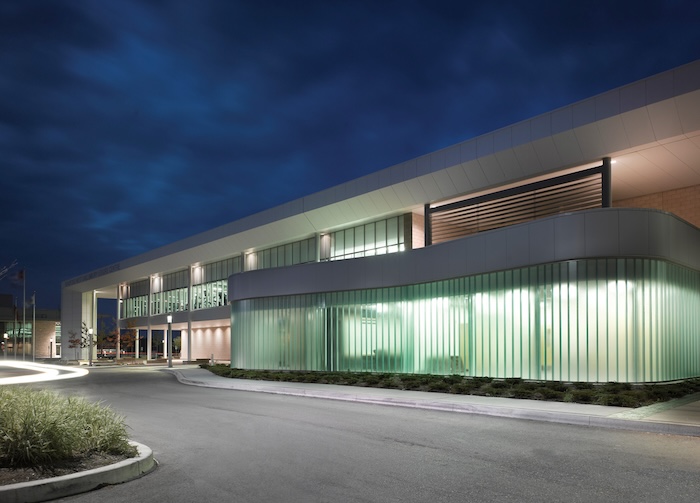
Design Considerations for Commercial Fenestration Systems
A guide to specifying storefront, window wall, and curtain wall systems
Credits: AIA/HSW, ICC, IDCEC/HSW
Type: Article

Illuminating Spaces
How architectural glazing supports mental health and wellness through daylight and views
Credits: AIA/HSW, ICC, IDCEC/HSW
Type: Article
Academy Resources
National Glass Association Resources
Bird-Friendly Glass Design Strategies
Clear and reflective architectural glass in residential and commercial structures in urban, suburban, and rural landscapes can be a passive invisible killer of birds worldwide. Our collective evidence reveals that clear and reflective windows of all sizes are theorized to be invisible to potentially all birds due to what have been defined as fly-through conditions, reflected habitat conditions, or black-hole effect. The amount of glass and associated vegetation that attract potential victims best explain the number of casualties at any specific building.
Glass for Personal Protective Barriers
Retail, medical, educational and manufacturing facilities are implementing changes due to the worldwide outbreak of COVID-19, a respiratory illness believed to spread primarily by droplets from coughs or sneezes of infected persons to those nearby. Many businesses are installing clear personal protective barriers to physically shield employees from each other and from consumers to reduce potential exposure to the virus. In many applications, the barriers will become a permanent fixture; therefore, aesthetics and cleanability are important design considerations. Barriers can be constructed of plastic sheet or glass. Glass has several advantages in physical barrier applications and may be preferred over plastic, especially for permanent and public-facing barrier installations. Compared to plastic, glass is easy-to-clean, transparent and aesthetically-pleasing.








